World Birth Defects Day

March 3rd is World Birth Defects Day! Join us in our effort to raise awareness of birth defects, their causes, and their impact around the world! Our theme is “Many birth defects, one voice.”
Every year, about 3-6% of infants worldwide are born with a serious birth defect. This means that life-altering conditions like spina bifida and congenital heart defects affect millions of babies and families. Birth defects can affect babies regardless of where they are born, their socioeconomic status, or their race or ethnicity.
Birth Defects Tracking and Research
Accurately tracking birth defects and analyzing the collected data is a first step in preventing birth defects.
CDC uses tracking and research to
- identify causes of birth defects;
- find opportunities to prevent them; and
- improve the health of those living with them.
Understanding the potential causes of birth defects can lead to recommendations, policies, and services to help prevent them.
Importance of Birth Defects Tracking and Research
CDC has created birth defects tracking and research systems in the United States and around the world that help to identify the causes and long-term effects of some birth defects.
Learning from the Zika virus outbreak
Birth defects can be the first sign that an emerging infection causes serious harm. The 2016 Zika virus outbreak demonstrated the need to rapidly collect data for public health action. With state, local, and territorial health departments, CDC collected information about Zika’s impact during pregnancy on mothers and babies. CDC has also worked with partners around the world to help better understand the impact of Zika during pregnancy. Although CDC is continuing to follow infants affected by Zika, CDC is applying the lessons learned from the 2016 Zika virus outbreak to other emerging threats to mothers and babies, like syphilis or hepatitis C infection during pregnancy.
Preventing some birth defects with folic acid
If a woman has enough folic acid, a B vitamin, in her body before and during pregnancy, it can help prevent major birth defects of the baby’s brain and spine, called neural tube defects. CDC recommends that women of reproductive age get 400 micrograms of folic acid each day to help prevent neural tube defects.
Through birth defects tracking and research, scientists found that Hispanic/Latina women are most likely to have a child affected by a birth defect of the brain and spine.1 In 2016, the U.S. Food and Drug Administration approved a petition to allow folic acid to be added to corn masa flour to help more women in the United States get the recommended daily value of 400 micrograms of folic acid.
Participate in World Birth Defects Day
Each year, NCBDDD partners with more than 120 organizations around the world to raise awareness of birth defects on March 3rd for World Birth Defects Day.
Together, we aim to raise awareness about the impact of birth defects, as well as increase opportunities for prevention of birth defects by promoting the following:
- Increasing the number of birth defects monitoring programs around the world
- Improving existing birth defects monitoring programs
- Improving access to care for people with birth defects
- Continuing research to identify causes of birth defects, particularly if they can be modified in order to prevent birth defects
You can download the graphic images below and use example social media posts on your social media platforms to raise awareness about World Birth Defects Day.
This year, we are also encouraging people to download and print this sign [140KB / 1 page], fill it out with why they care about birth defects research and prevention, and post a picture of themselves holding it on March 3rd!
Be sure to use the hashtags #WorldBDDay and #ManyBirthDefects1Voice to be a part of the conversation.
References
- Centers for Disease Control and Prevention, Racial/ethnic differences in the birth prevalence of spina bifida – United States, 1995-2005. MMWR Morb Mortal Wkly Rep, 2009. 57(53): p. 1409-13.
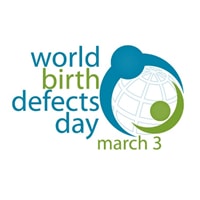
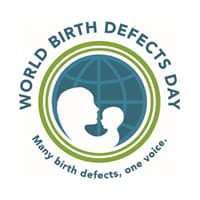
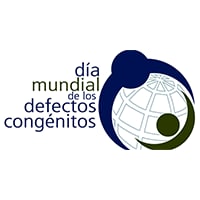
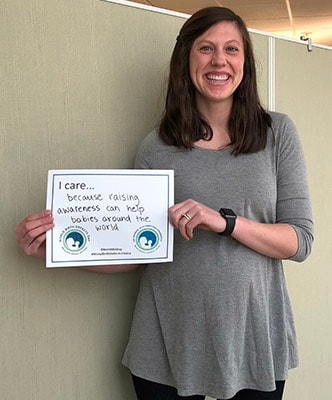
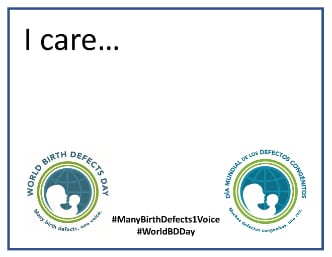






















.png)











No hay comentarios:
Publicar un comentario